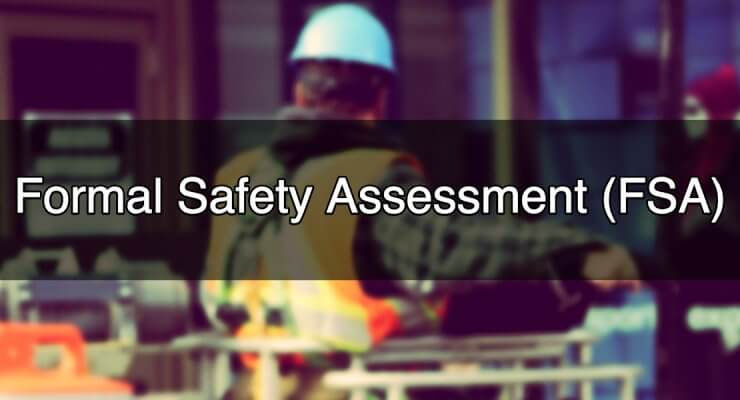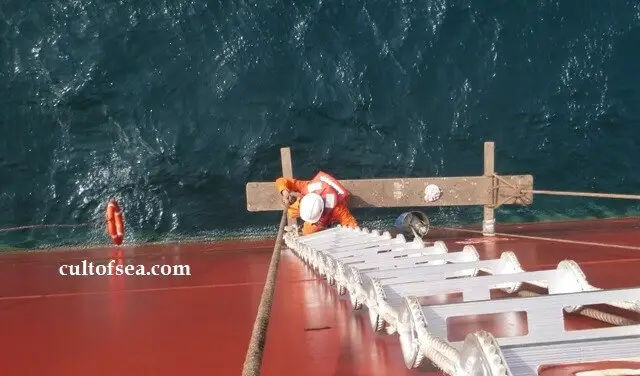Historic Background for FSANuclear Industry in the 60s: Probabilistic Safety Assessments Chemical Industry in the 70s: QRA, Seveso Directive I and II Offshore Industry in the 80s: QRA, Industrial Self Regulation Regime in Norway, Safety Case Regime in UK Shipping Industry in the 90s: FSA1992: UK House of Lords, Lord Carver Report 1993, MSC 62: UK proposes FSA concept 1997, MSC 68: FSA Interim Guidelines 2001, MSC 74: FSA GuidelinesDefinition Formal Safety Assessment or FSA is a structured and a systematic methodology aimed at enhancing Maritime Safety … [Read more...]
Guidelines on Working aloft or Overside on Ships
Definition Working aloft or Overside means a work being performed at a height and involving risk of falling, resulting in an injury. Guidelines As a general rule, personnel should not be permitted to work overside when the vessel is underway unless it is absolutely necessary and as determined by the Master.Personnel under training shall not be assigned aloft or over side related jobs. The power source to potential hazards such as ships whistle, radar, etc. should be isolated from their power source and accidental activation prevented by the use of warning signs and / or removal of … [Read more...]

